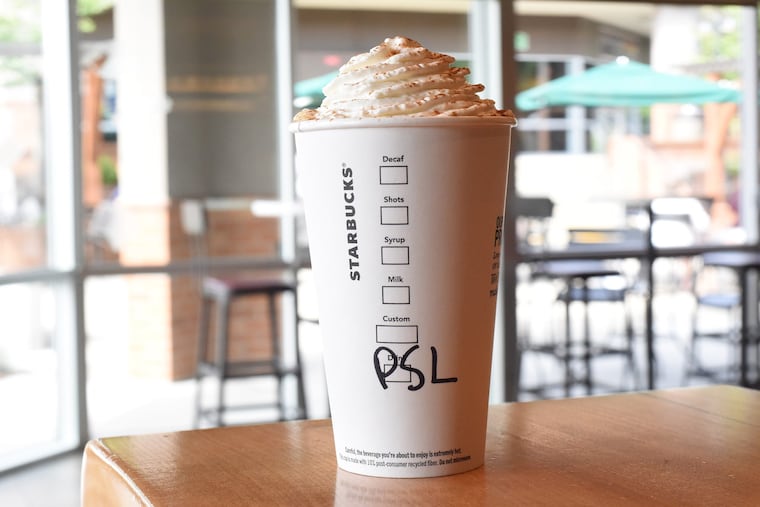Pumpkin spice is arriving in Philly earlier and earlier. What’s behind Halloween in August?
Starbucks began selling its pumpkin spice latte Thursday, its earliest release ever. "It's back to school in June," says a marketing expert.

Starbucks began selling its pumpkin spice latte Thursday, its earliest release ever. "It's back to school in June," says a marketing expert.
